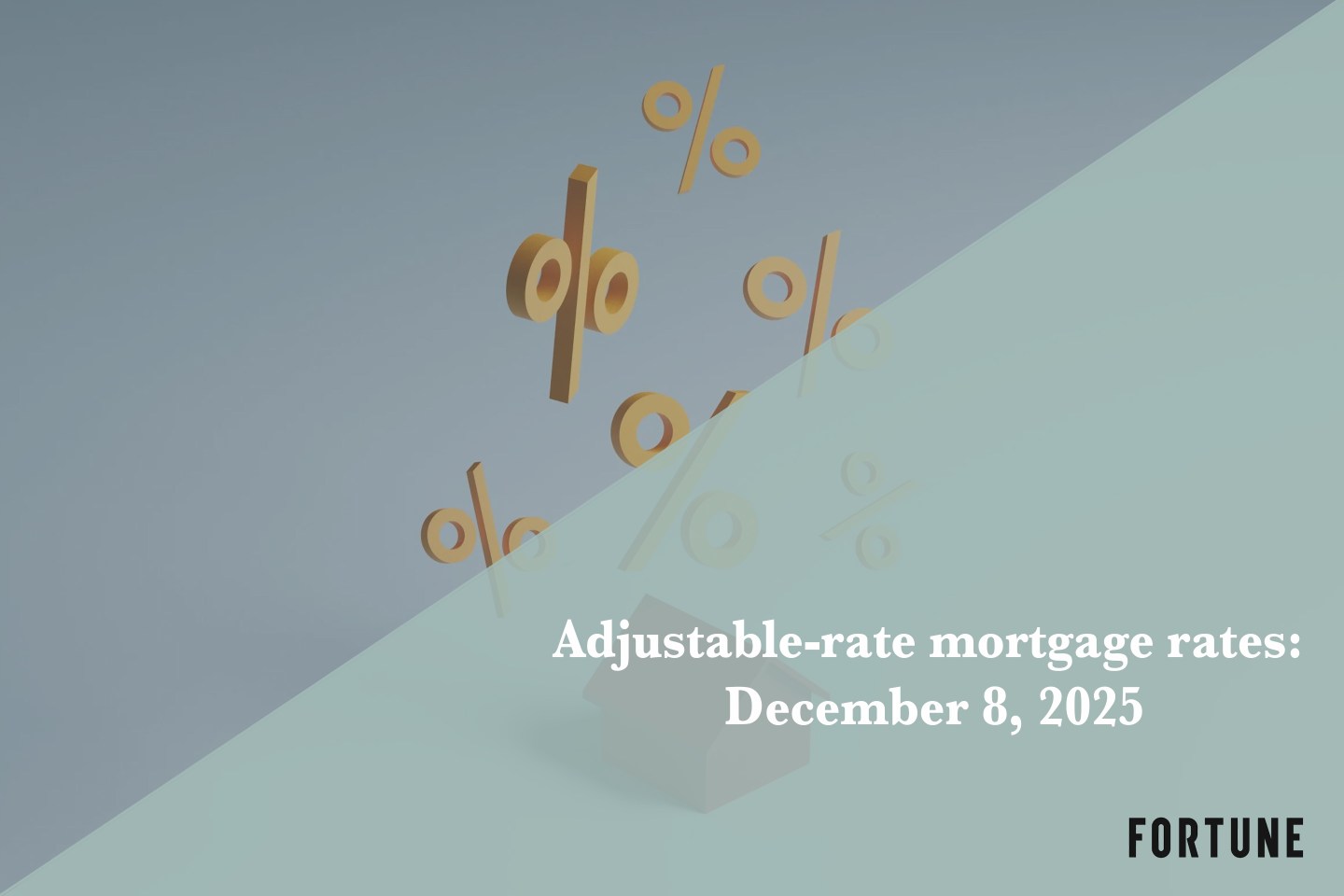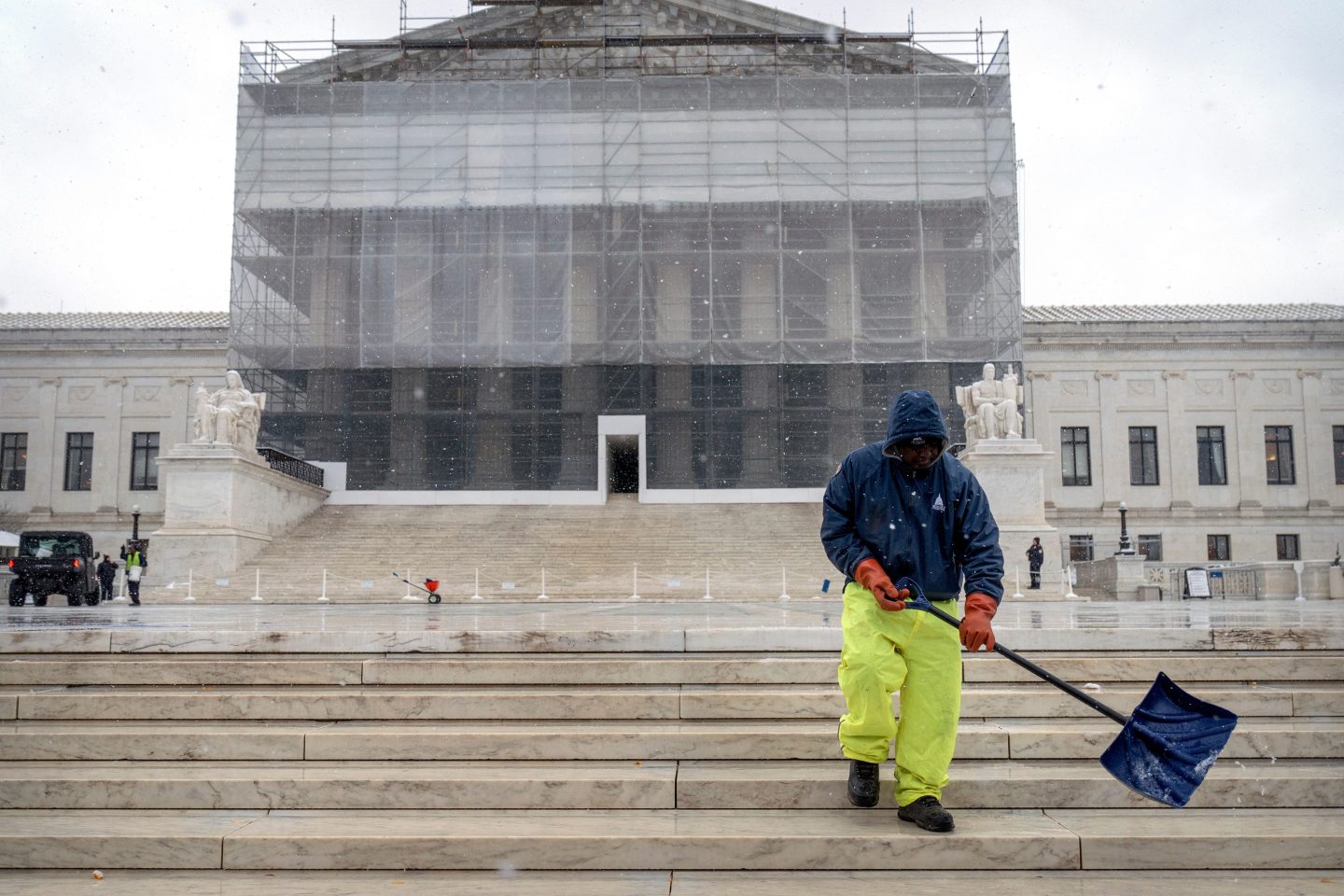FORTUNE — “The time to buy is when there’s blood in the streets.” That quote, attributed to 18th-century financier Baron Rothschild, means that buying when everyone else is panicking is a great idea, as that’s when prices are at their lowest.
But when it comes to the real estate market, the blood has pretty much been mopped up. Prices have skyrocketed nationally from their lows in early 2012, and now many observers are predicting that home prices will rise only slightly faster than inflation, as is the historical habit.
But real estate, of course, is all about location. And though it’s likely that, on average, a residential home won’t be a knock-out investment, certain real estate markets surely will. A new report issued from the economists at the Demand Institute (who pretty much nailed the timing of the housing recovery) takes an exhaustive look at the American real estate landscape and predicts the states and localities where prices will rise the most.
MORE: It’s still a lot cheaper to buy than rent
So, where will the hottest real estate markets be over the next five years? Here’s the top five states:

And here’s Demand Institute’s hottest local markets out of the 50 largest metropolitan areas:

Needless to say, both the states and metro areas listed above come as a bit of a surprise. These places are not what we think of as hotbeds of innovation or economic growth. So what will drive price increases in places like Milwuakee or Jacksonville? A few points:
- The locations in America with booming economies, like New York, San Francisco, or Washington, D.C., have already seen drastic price increases over the past two or more years. When it was clear to investors that the housing market was about to recover, these are the places they flocked to, and there’s reason to believe these markets will begin to cool off as overall home price increases settle down.
- All of the median home prices in the cities mentioned above are below the national median prices. A city that starts off at a lower median value is going to have an easier time appreciating quickly in percentage terms than cities that are already expensive.
- Markets that crashed dramatically during the crisis should experience greater price appreciation than markets that avoided the bubble. Jacksonville and Tampa are both located in Florida, one of the hardest hit states when the real estate bubble burst. It would make sense, then, that prices there would appreciate significantly given how much those markets have left to recover.
It’s also worth remembering that prices are determined by both supply and demand. Recently, price increases nationally have been driven more by a lack of supply than healthy demand from consumers. Builders are less likely to expand supply in a midwestern city like Milwaukee, where the population is relatively stable.
MORE: Is the housing recovery losing steam?
At the same time, as Demand Institute economist Kathy Bostjancic says, “Milwaukee is in relatively good shape” compared to other older midwestern cities that have lost their manufacturing bases. The city is home to many blue-chip companies like Johnson Controls, Rockwell Automation, and Harley Davidson, as well as the University of Wisconsin-Milwaukee and Marquette University.
While real estate might not be a great investment compared to, say, the stock market, it has its bright spots. You just have to know where to look.











